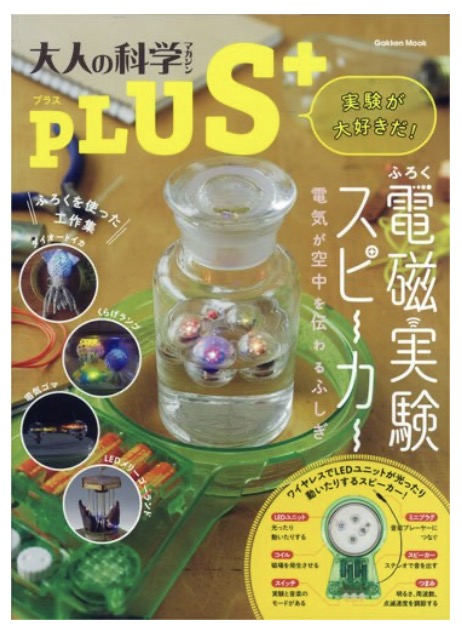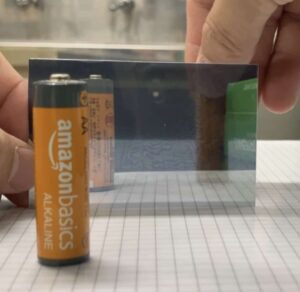Wireless Wonders: Experience the ‘Invisible Force’ of Faraday’s Induction
I’m Ken Kuwako, a science trainer. Every day is an experiment.
You can charge your smartphone just by placing it on a charging pad. You can pass through a ticket gate simply by tapping an IC card. Isn’t that amazing?
All of these rely on technology that transmits electricity or information without a physical cord. Most of them are based on the scientific principle of “Electromagnetic Induction,” discovered by Faraday in the 19th century.
Today, I’d like to introduce a fascinating experimental kit that lets you visibly experience this “hand-off of an invisible force”: the Otona no Kagaku Magazine Plus Electromagnetic Experiment Speaker.
The “Invisible Force” that Lights Up a Floating Sphere
This is the experimental kit. It consists of a green ring and a mysterious sphere floating in the water.
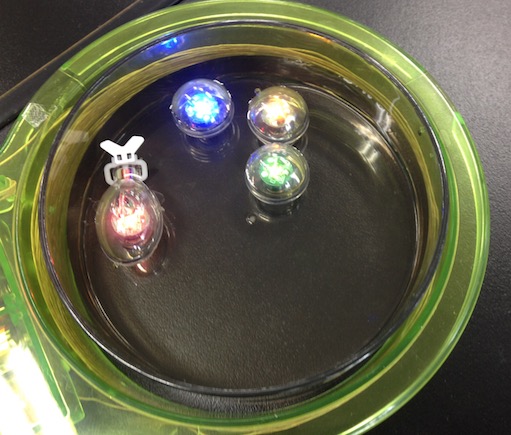
The floating, glowing sphere contains an LED, a coil, and a capacitor circuit.
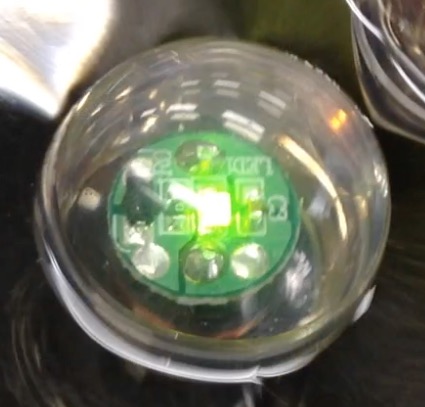
Here’s how it works. First, an electric current flows from the battery into the coil inside the surrounding green ring (the transmitting side). This creates a “magnetic field” (the space where magnetic force acts) around the green ring.
This magnetic field passes through the coil inside the floating sphere (the receiving side), crossing the space between them.
The electricity used here is called “alternating current” (AC), which constantly changes its direction and strength. Because of this, the generated magnetic field also changes moment by moment.
And here is the climax of the science: when the magnetic field passing through the coil changes, electricity flows through that coil! This is the essence of Electromagnetic Induction. It’s this induction that allows current to flow to the LED inside the sphere, making it glow without any wires.
Isn’t it fascinating how an invisible magnetic field delivers electricity almost like magic? Be sure to watch the video!
The Secret of the Swimming Fish
It truly is mysterious how a magnetic field can light up a lamp across a space. What’s especially cool is this fish-shaped object.
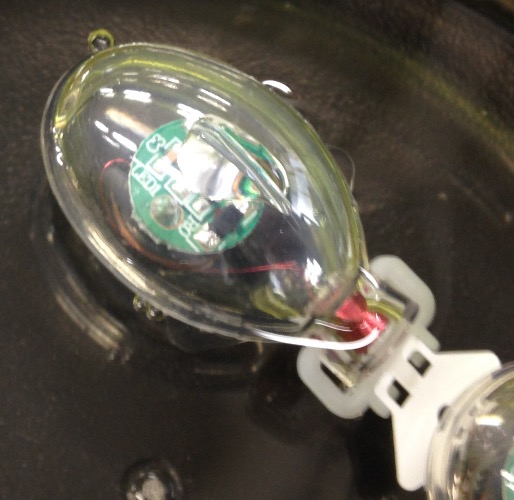
This fish contains two coils. It uses the electricity received via electromagnetic induction to gently flutter its fins. This allows it to slowly swim through the water. Electromagnetic induction can generate not just light, but also movement (motive power)!
The Key Factors: “Distance” and “Frequency”
Of course, this force isn’t all-powerful. Since the objects are lit by electromagnetic induction, moving them away from the green coil weakens the magnetic field reaching them, causing them to stop glowing.
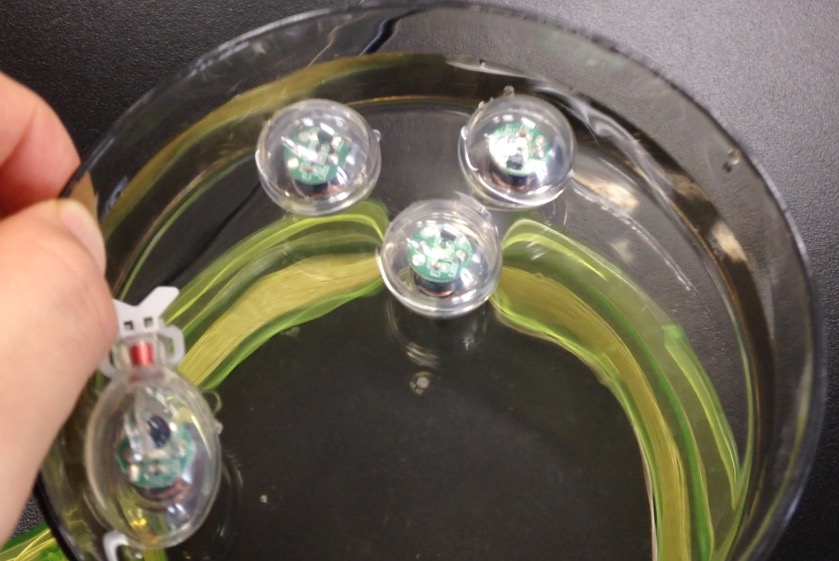
Doesn’t glow when moved away
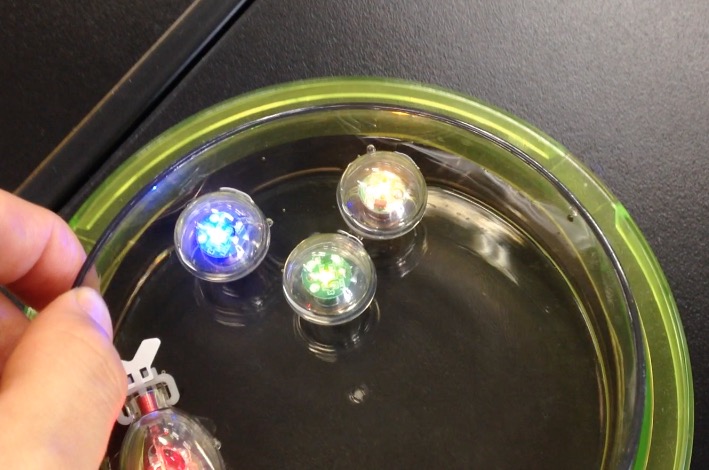
Glows when moved closer
The reason wireless smartphone chargers require the phone to be placed precisely in a specific spot is exactly the same!
What’s truly great about this experiment kit is that you can adjust the frequency by turning a dial. Frequency refers to the “speed” at which the electricity or magnetic field changes (the number of waves repeated per second). When you change this, you’ll find a specific frequency where the ball glows the brightest. This phenomenon is called “Resonance.”
Imagine a swing. If you push the back of the swing at just the right moment, matching its natural timing (its intrinsic frequency), the swing’s motion gets bigger and bigger, even with a small push. In the same way, when the changing magnetic field’s frequency (the transmitting side) perfectly matches the “preferred timing” of the receiving sphere’s circuit (coil and capacitor), energy is transferred most efficiently, and the LED shines brightly. The fact that you can observe this resonant frequency makes this a brilliantly designed teaching tool!
Music Turns into Light!
And here’s the most surprising part. If you pipe music or other audio from an external source into the coil, the LED flickers in time with the music.

Music is essentially the intensity and pitch of sound transformed into a changing electrical signal. When you send this musical signal through the green coil, the generated magnetic field changes in real-time, corresponding to the music’s rhythm and intensity. This changing magnetic field is then transmitted directly to the sphere via electromagnetic induction, which manifests as the varying brightness of the LED light.
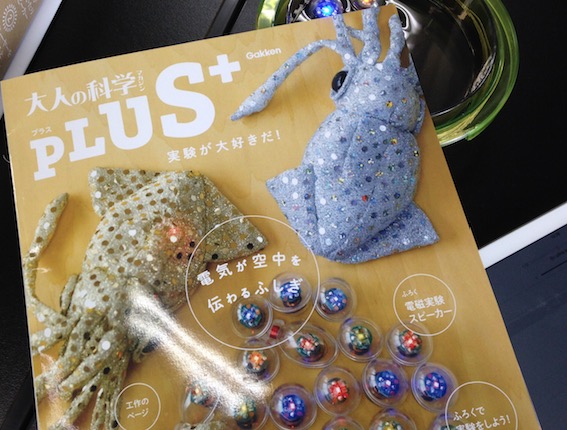
It’s quite a spectacular sight, almost as if the sphere is listening to the music and singing along. This is truly amazing!
When I showed this to my students, they were thrilled! Witnessing the invisible phenomenon of “electromagnetic induction” connected to light, movement, and even music seemed to give them a real sense of the wonder and fun of science.
Inquiries and Requests
I aim to make the wonders and fun of science more accessible! I’ve put together easy-to-understand summaries of fun science experiments you can do at home, along with tips and tricks. Feel free to search around! ・The content from this blog is now available in a book. Find out more here. ・You can learn more about the author, Ken Kuwako, here. ・For various requests (writing, lectures, experiment workshops, TV supervision, appearances, etc.), click here. ・Updates on new articles are posted on X!
![]() Experimental videos are available on the Science Blog Channel!
Experimental videos are available on the Science Blog Channel!

